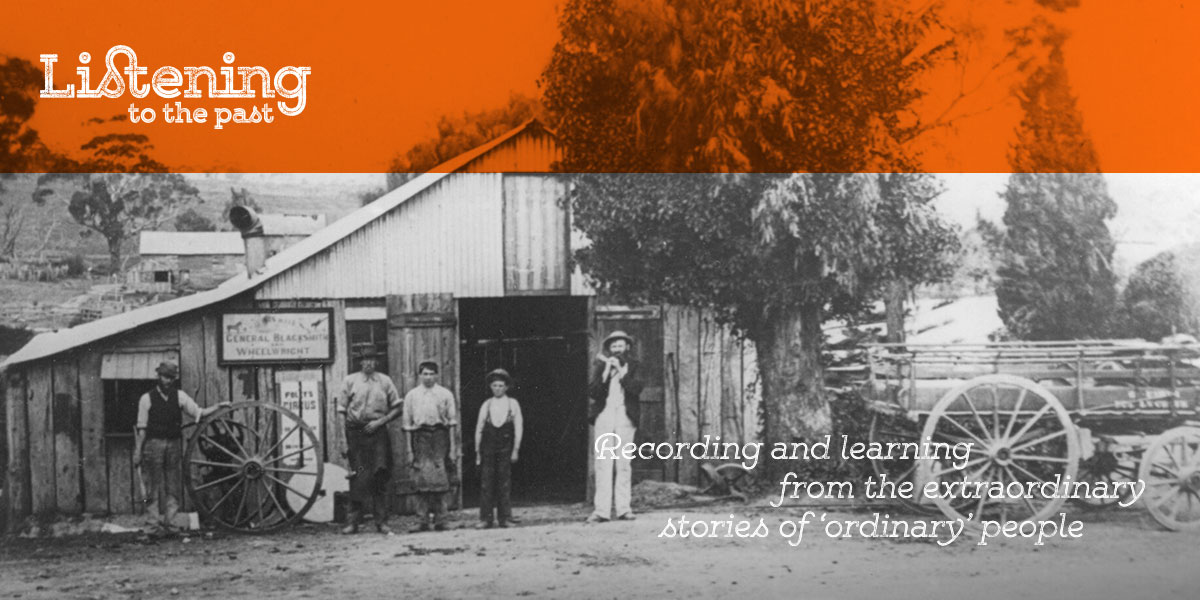
Koalas look cuddly, but the males make a surprisingly low bellow.
I usually restrict myself to interviewing humans, however I recently overheard two koalas in a nearby tree. Hearing one koala is not unusual in the Adelaide Hills, but this was the first time I had heard two. I couldn’t resist the opportunity to record them.
Koalas look so cute and cuddly that it is difficult to believe they make such a low grunting sound. In fact, the pitch of the male koala’s grunt (around 20 Hz) is twenty times deeper than you would expect from an animal of its size. For a sound that low, you’d expect an animal the size of an elephant!
If you haven’t heard a male koala bellow, here’s a recording:
The distinctive sound of a female koala
Now for the recording of the female and male koalas. It was made using a Sound Devices MixPre-3 digital recorder and Rode Lavalier lapel microphone. Since I was unable to scale the gum tree in complete darkness to attach the microphone to the koalas, the recording was made from a distance of around 25 metres.
Females make higher pitched sounds than the males; their vocalisations can be classified as bellows, snarls, and a collection of sounds that apparently indicate rejection: squeaks, wails, squawks and screams. The female in this recording is probably making these rejection sounds – they certainly don’t sound welcoming! Since the sound of the koalas tends to upset pet dogs, you can hear some barking in the distance too.
Koalas have unique vocal organs
Koalas have evolved an extra vocal organ (called velar vocal folds) to enable them to produce low sounds that would not otherwise be possible. These large extra folds are present in an oval opening in the soft palate, and connect the oral and nasal portions of the pharynx. They are shown in red in the figure. They are much larger than the usual laryngeal vocal folds (shown in green), that are found in all mammals. The velar vocal folds vibrate as air is sucked in through the nostrils. Koalas can change the length of the folds with different muscles, thereby creating the distinctive low sounds.

The velar vocal folds of male koalas are located at the intersection between the oral and nasal portions of the pharynx just opposite to the laryngeal entrance. The oral tract is shown in light blue, the nasal tract in yellow, the soft palate in light red, the velar vocal folds in red, the laryngeal vocal folds in green, and the arytenoid cartilage in blue. Figure from reference 3.
References and further reading:
- Charlton, B.D (2015) The Acoustic Structure and Information Content of Female Koala Vocal Signals. PLoS ONE 10(10): e0138670.
- Charlton, B.D. et al (2011) Perception of Male Caller Identity in Koalas (Phascolarctos cinereus): Acoustic Analysis and Playback Experiments. PLoS ONE 6(5): e20329.
- Charlton, B.D. et al (2013) Koalas use a novel vocal organ to produce unusually low-pitched mating calls. Current Biology 23(23), R1035-R1036.
- Fletcher, N.H. (2004) A simple frequency-scaling rule for animal communication. Journal of the Acoustical Society of America 115, 2334-2338.
